LUGGAGE TAG #1

THE NECESSARY EQUIPMENT
- 1 piece of leather 15 x 20 cm - Semi-soft, Semi-firm - Thickness approximately 1 to 1.4 mm
- 1 sheet of mica transparency paper
- 1 paper label
- Polyester or cotton-polyester yarn
- Leather glue
- A cutter
1. Cut the leather
Download the pattern and transfer pieces P1 and P2 from the "Label No. 1" pattern onto the leather. Cut out the pieces using a craft knife or scissors.

2- Make the notches
On one of the parts P1, cut out the label window. On part P2, make the notches. Drill the Ø1 mm stop holes at the ends of the 8.5 cm and 1.5 cm notches on P2, as well as those for the window on P1.
 |
 |
3. Assemble the P1 parts
Glue the edges of the P1 pieces wrong sides together by 3 mm (only where there are stitches) . Sew the P1 pieces together along the seam line (see pattern) . There are several options for sewing:
Hand-sewn:
For the experts: a saddle stitch.
For beginners: simplified sewing. Punch the sewing holes with a 1 mm diameter hole punch.
Sewing with a sewing machine:
Sew with size 40 polyester thread, 0.36 mm in diameter. Use clips to hold the leather pieces securely in place while sewing.
 |
 |
4. Pierce the hole in the tongue
Make the oblong hole in part P1 to insert the tab (P2) . Make two holes using a 3 mm diameter round punch, then join them with a craft knife and a ruler. Feel free to watch the tutorial video.
 |
 |
OPTION: work the edges of the leather with an edge finish or a finishing rubber.
5. Insert the label and the tab
Slide a clear plastic sheet and a paper label ( name, contact information, etc.) inside the case. Dimensions: 8.5 x 5.5 cm. Insert tab P2 through the hole in piece P1 and secure it using the small notch. Then attach the label to the desired piece of luggage.
 |
 |
OPTION: Customize the luggage tag
Personalize the luggage tag with a date, a word, a first name using our brass characters.

You're finished!
Kudos for this leather luggage tag: unique, sturdy, and fully customizable. Perfect for easily identifying your belongings in style!
 |
 |
LUGGAGE TAG #2

OPTIONAL:
1. CUT THE PIECES
- Using the silver pencil, trace the main piece of the "Label No. 2" pattern.
- Cut out the rectangle using a ruler and a cutter.
- To cut the 1.5 x 22 cm strip we used a strap cutter.
The pencil is erasable on most leathers with a simple eraser (do not use on vegetable-tanned leather). We recommend testing it beforehand to ensure it is erasable on your specific leather. 
2. DRAW 2 LINES USING A FORMING GAUGE
To style the main piece, draw 1 line (a fillet) on each length using a template. 
3. TYPE THE LETTERS AND NUMBERS
Moisten the leather with a sponge and a little water. Then stamp the letters and numbers using the stamping guide and a mallet. 
4. MAKE A HOLE (OBLONG HOLE)
Make a cutout using the cutter. 
5. INSTALL THE LOOP WITH SNAP USING A RIVET
Using a setting tool (here a striking handle) and a 3 mm punch: set the buckle using a double cap T3 rivet. 
6. MAKE 5 HOLES IN THE STRAP
Using a 3mm hole punch, make 5 holes at the other end of the strip (1st hole 1.5 cm from the edge then every 2 cm). 
7. HIT THE MINI 3D MATERIAL
Wet the strip with a sponge and a little water and strike the mini 3D stamp. 
8. WORKING THE LEATHER SLICES
Before applying a finishing gum to the edges of vegetable tanned leather, sand the edges at 45°. 
9. FINISH THE SLICES
Apply tragacanth gum or Tokonole to the edges of the leather and rub vigorously with a cotton cloth or a smoothing tool. 
10. NOURISH THE LEATHER
Nourish the leather with a little neatsfoot oil or PANDA grease.
LUGGAGE TAG #3
 |
 |

You will also need olive oil to dye vegetable-tanned leather.
1. MOISTEN THE VEGETABLE-TANNED LEATHER
Wet the vegetable-tanned leather with a sponge and a little water. 
2. STRIKE THE MATORIES ON THE LEATHER
Strike the letter and number stamps using the stamp guide and a mallet. 
3. DYE THE LEATHER WITH OLIVE OIL
Using a wide brush, soak the leather with olive oil.
Apply at least 2 coats, trying to apply the same amount of oil everywhere.
Allow the oil to soak into the leather for at least a day, and if possible, in front of a window in full sunlight. 
4. PROTECT THE LEATHER WITH SATIN SHENE
Apply Satin Shene (matte finish) evenly to all the leather to protect it. Satin Shene is also available in a glossy version: Super Shene. 
5. WORK THE SLICES WITH TOKONOLE
Work the edges of the leather with tokonole or gum tragacanth and rub them with a wooden smoother (see the video on our blog). 
6. ATTACH A T3 RIVET TO THE KEYRING
Fold the leather key ring tab back on itself and then attach a double-cap T3 rivet. 
7. FINISH THE LEATHER KEYCHAIN
Add a round carabiner to the key ring so that it can be attached to a suitcase.
Nourish the leather with a little neatsfoot oil or PANDA grease.


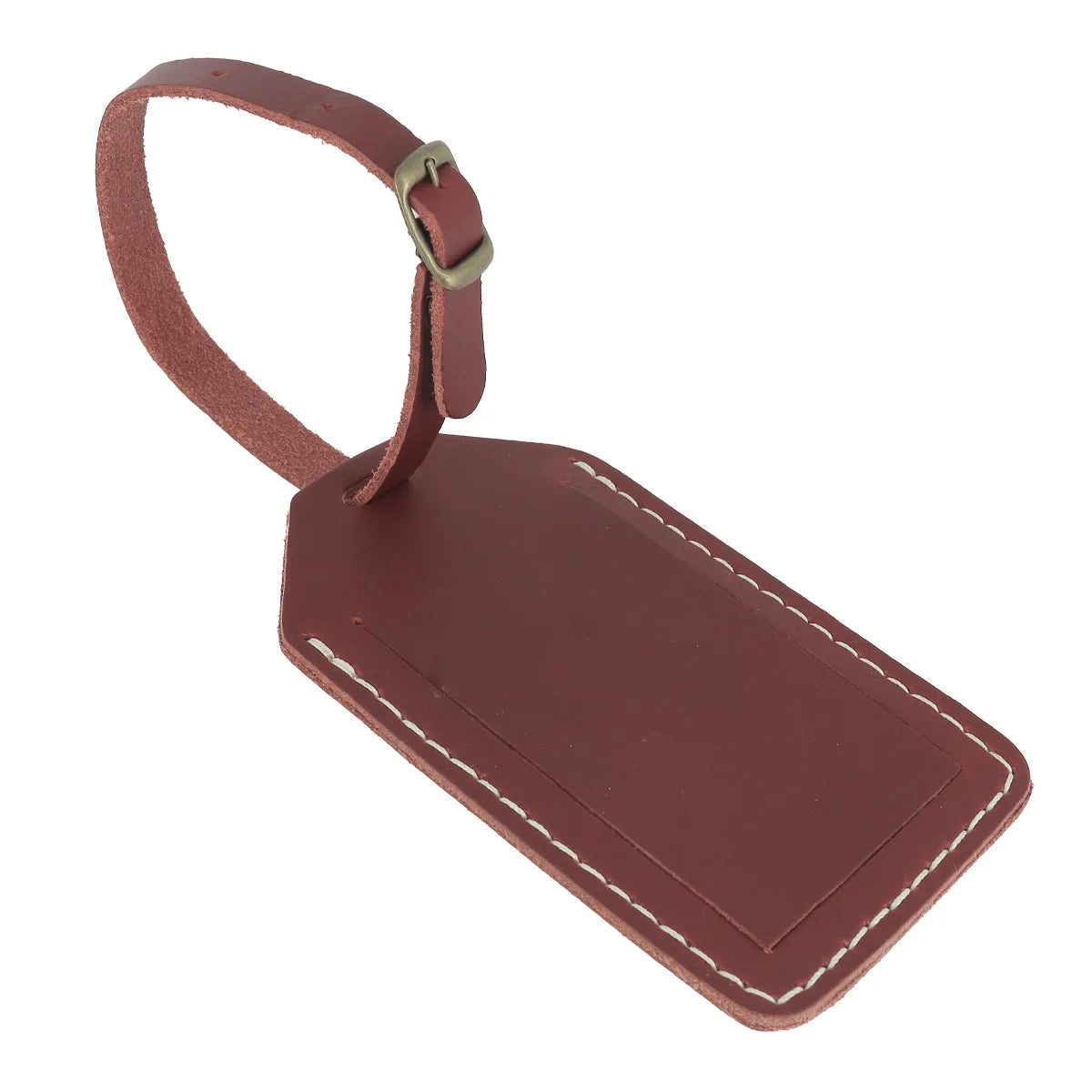

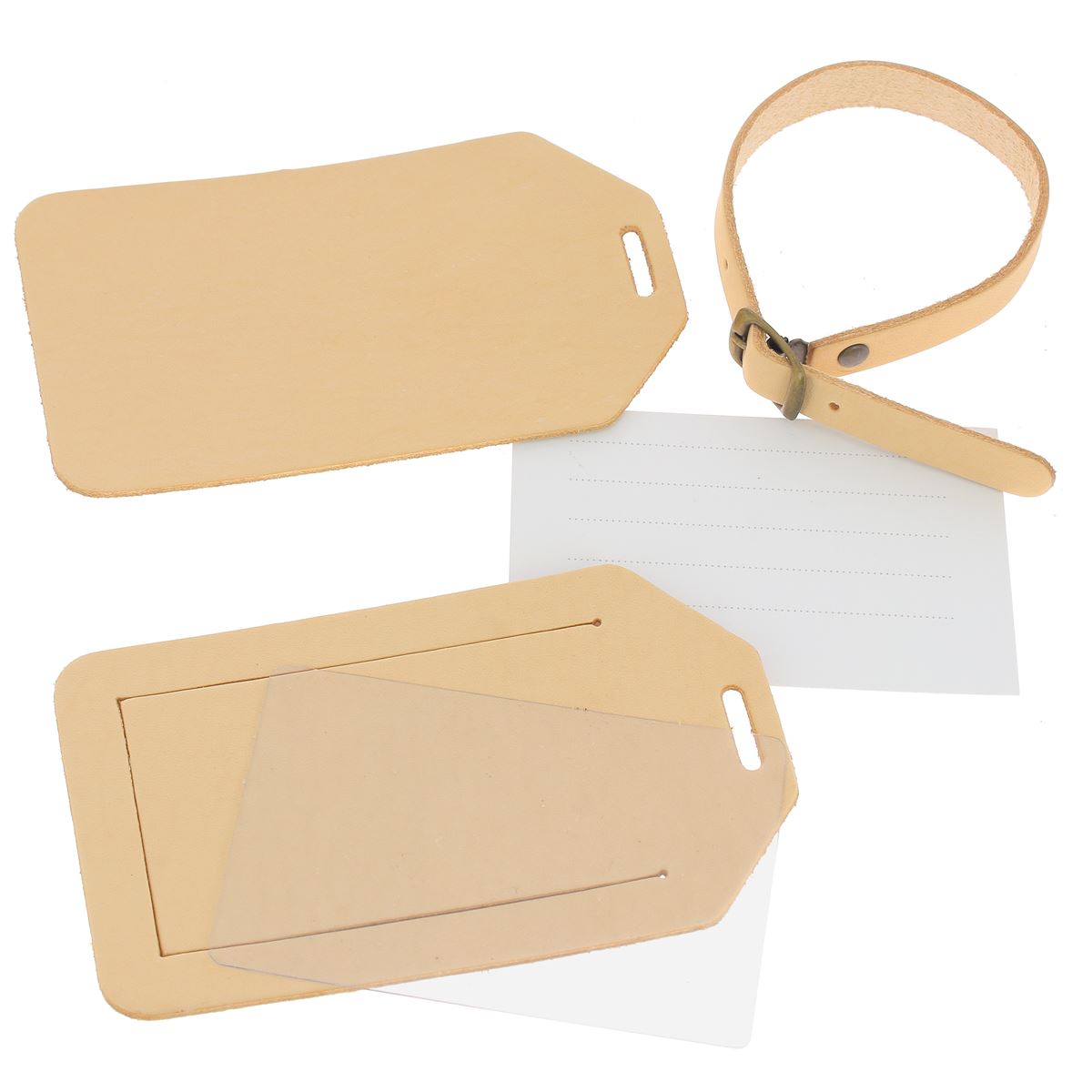





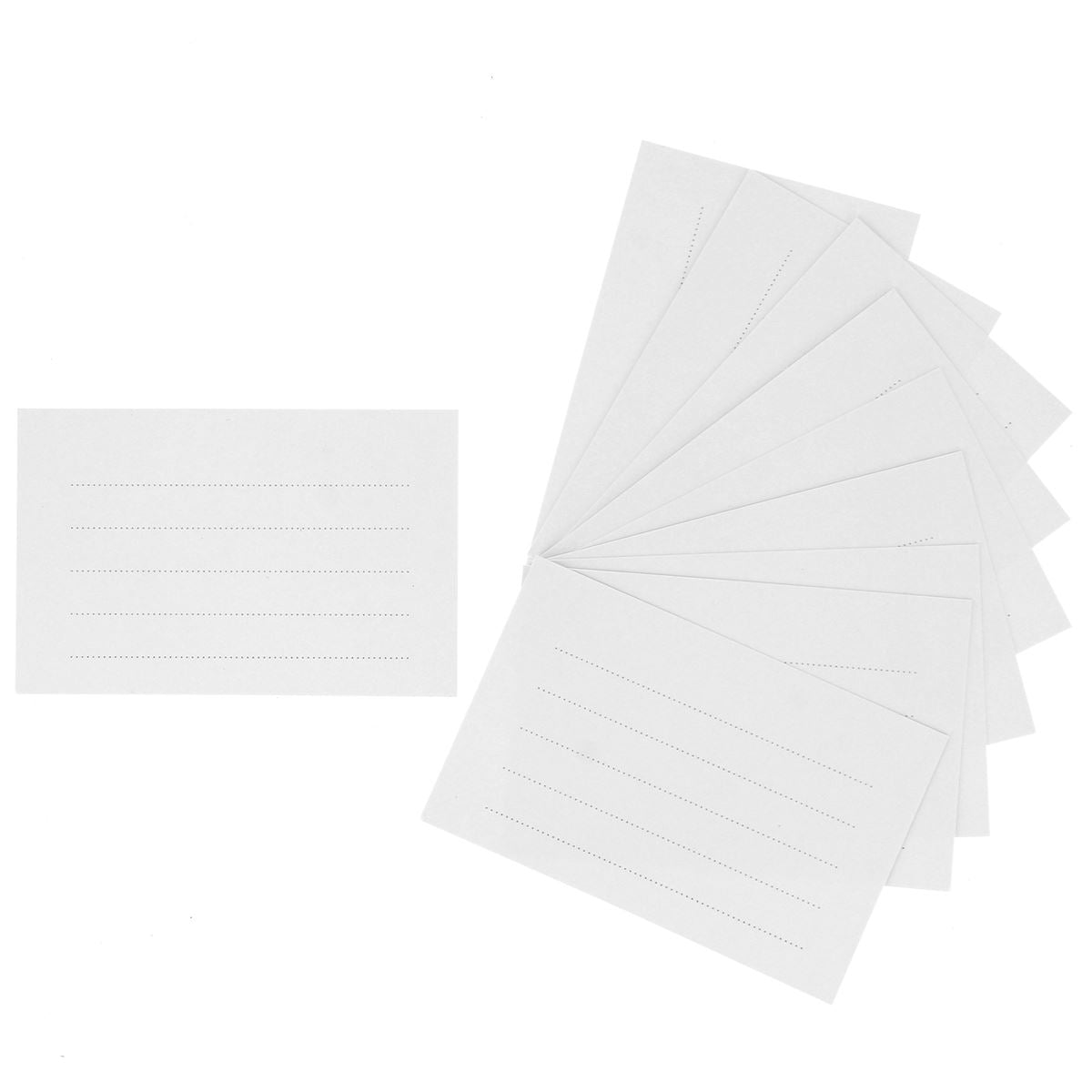
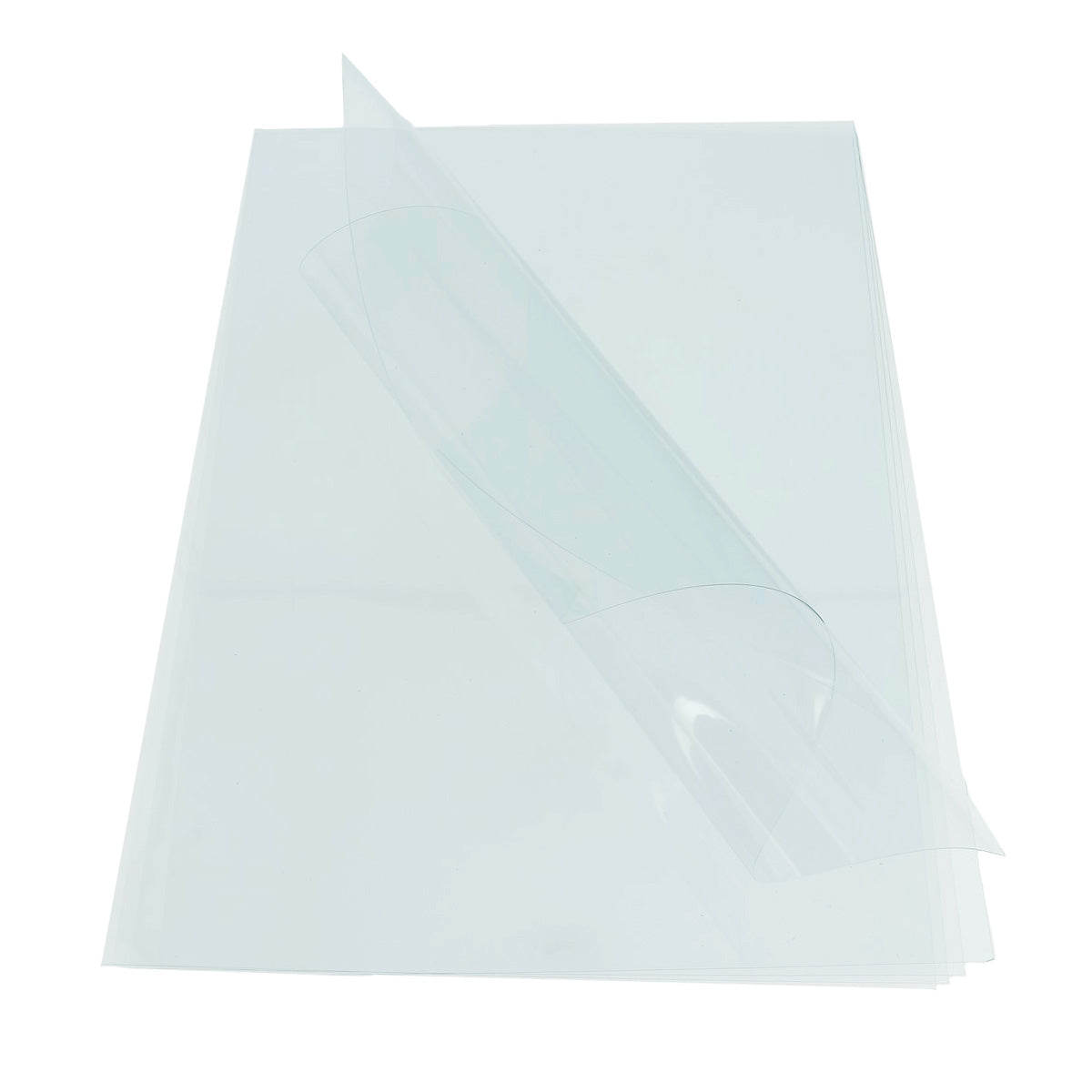

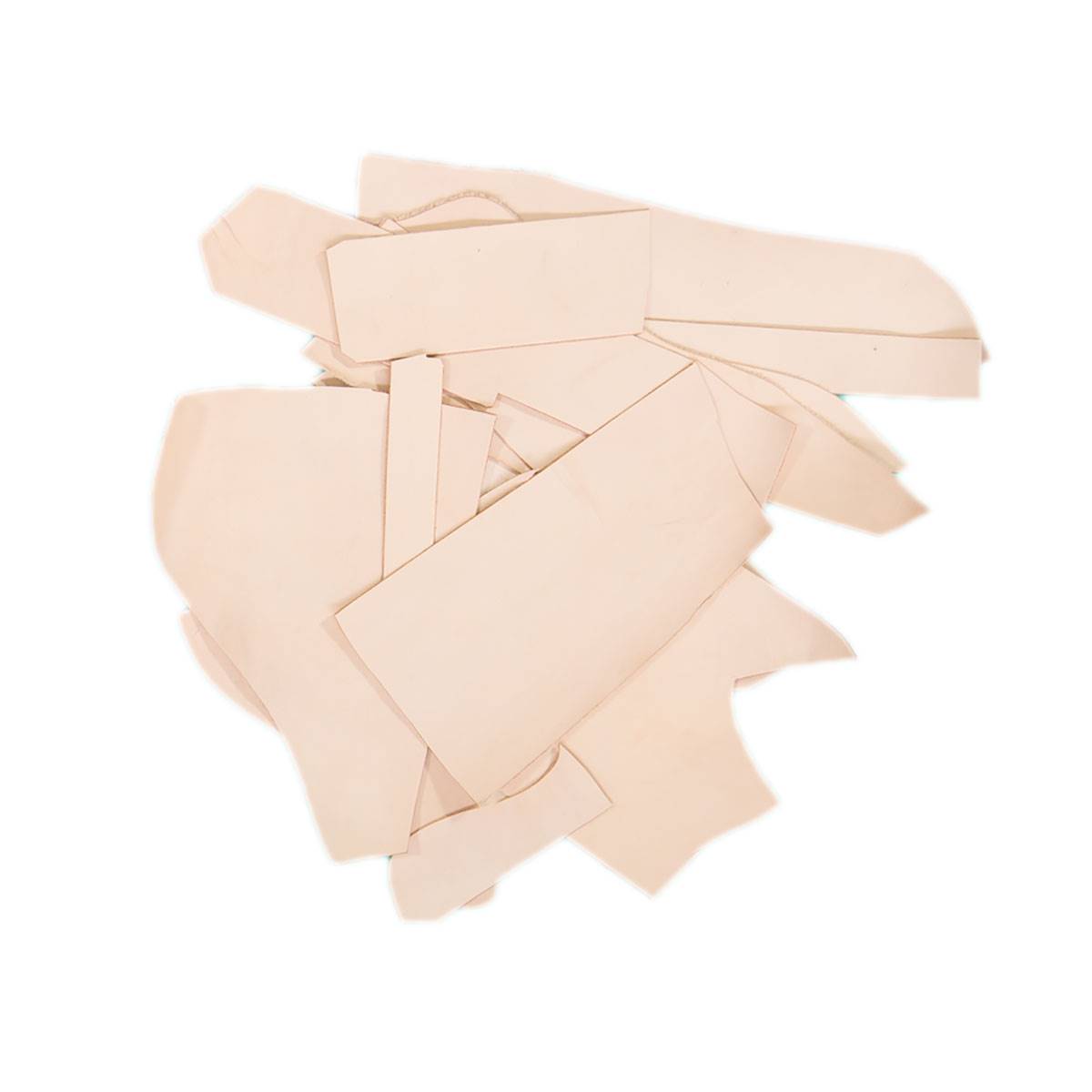





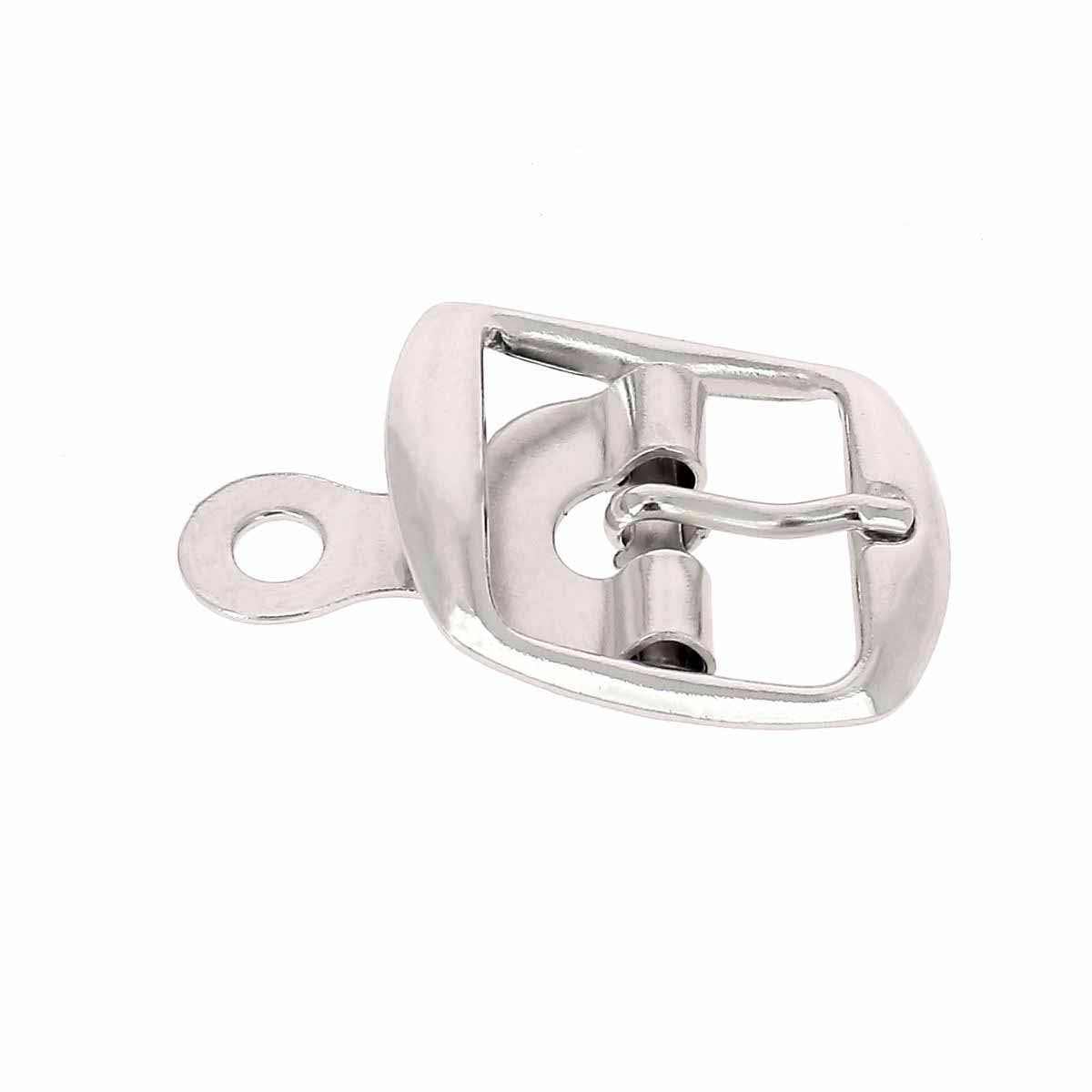
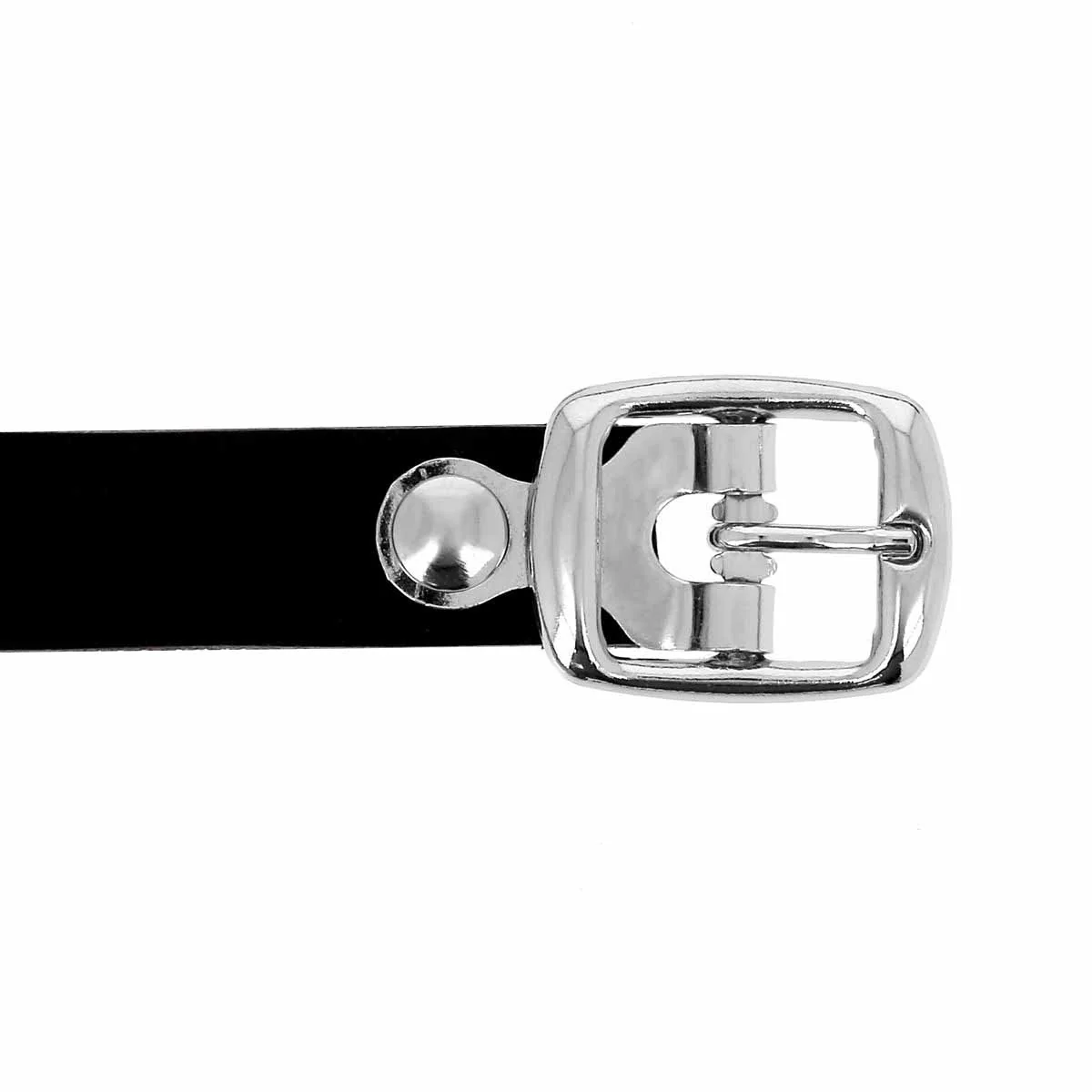




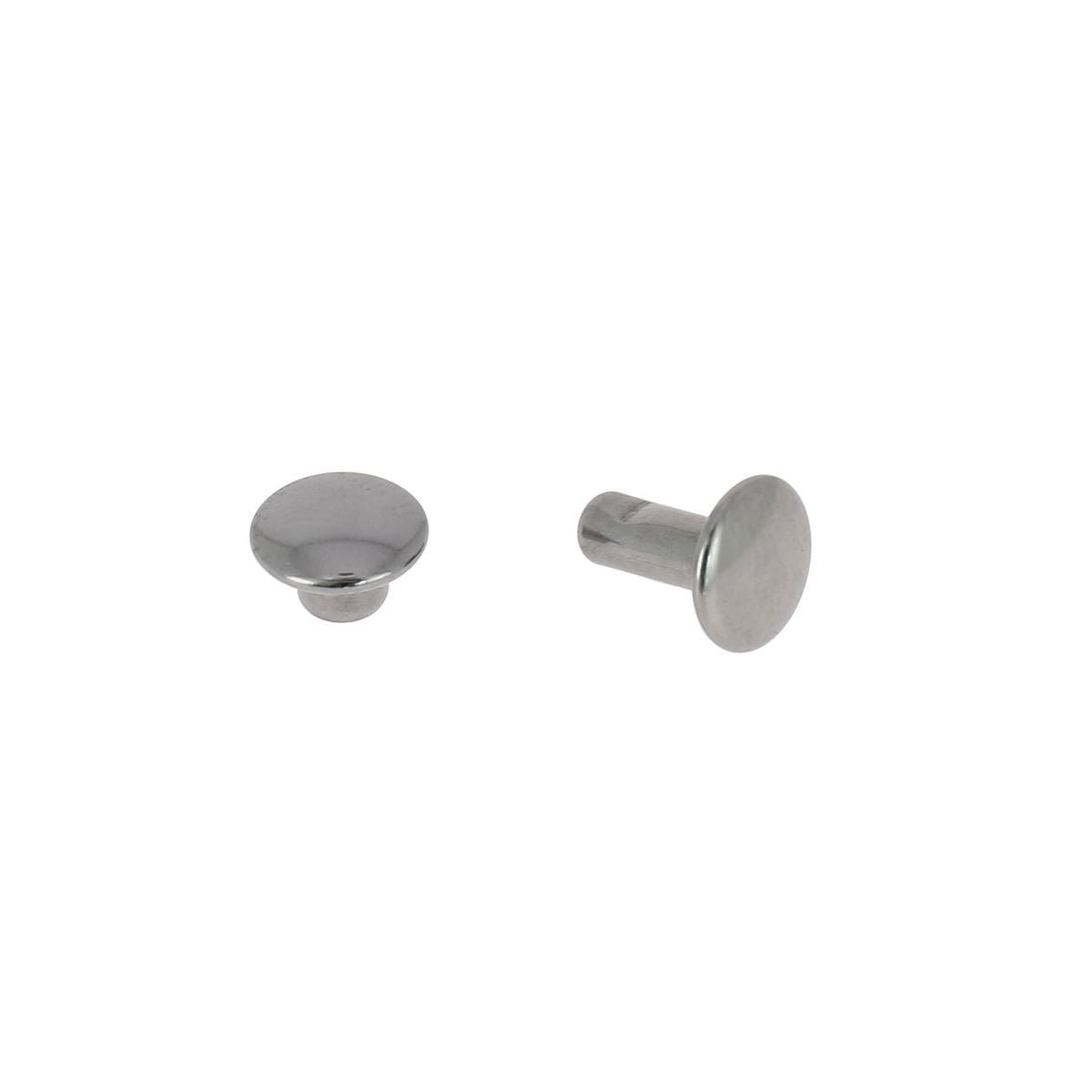
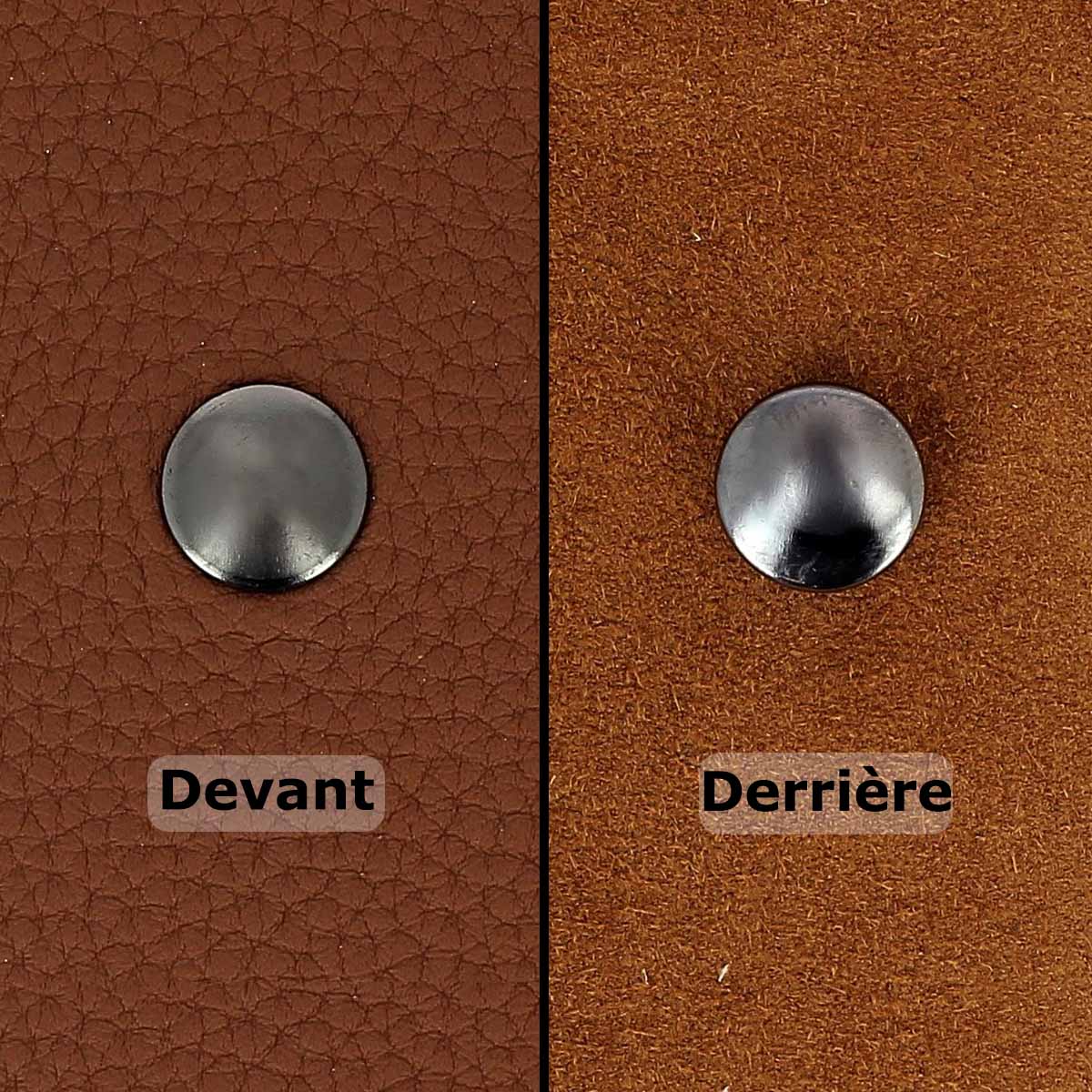


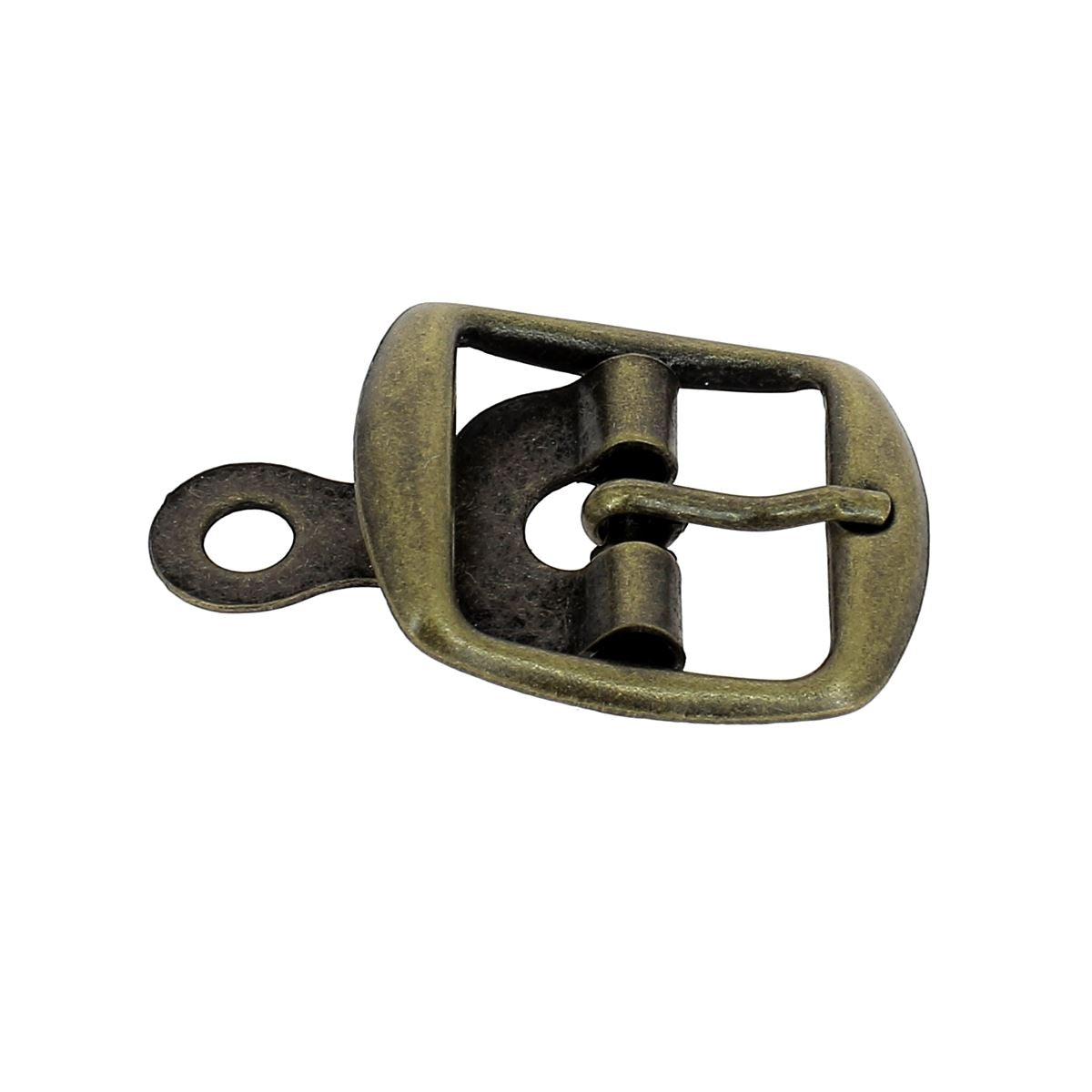
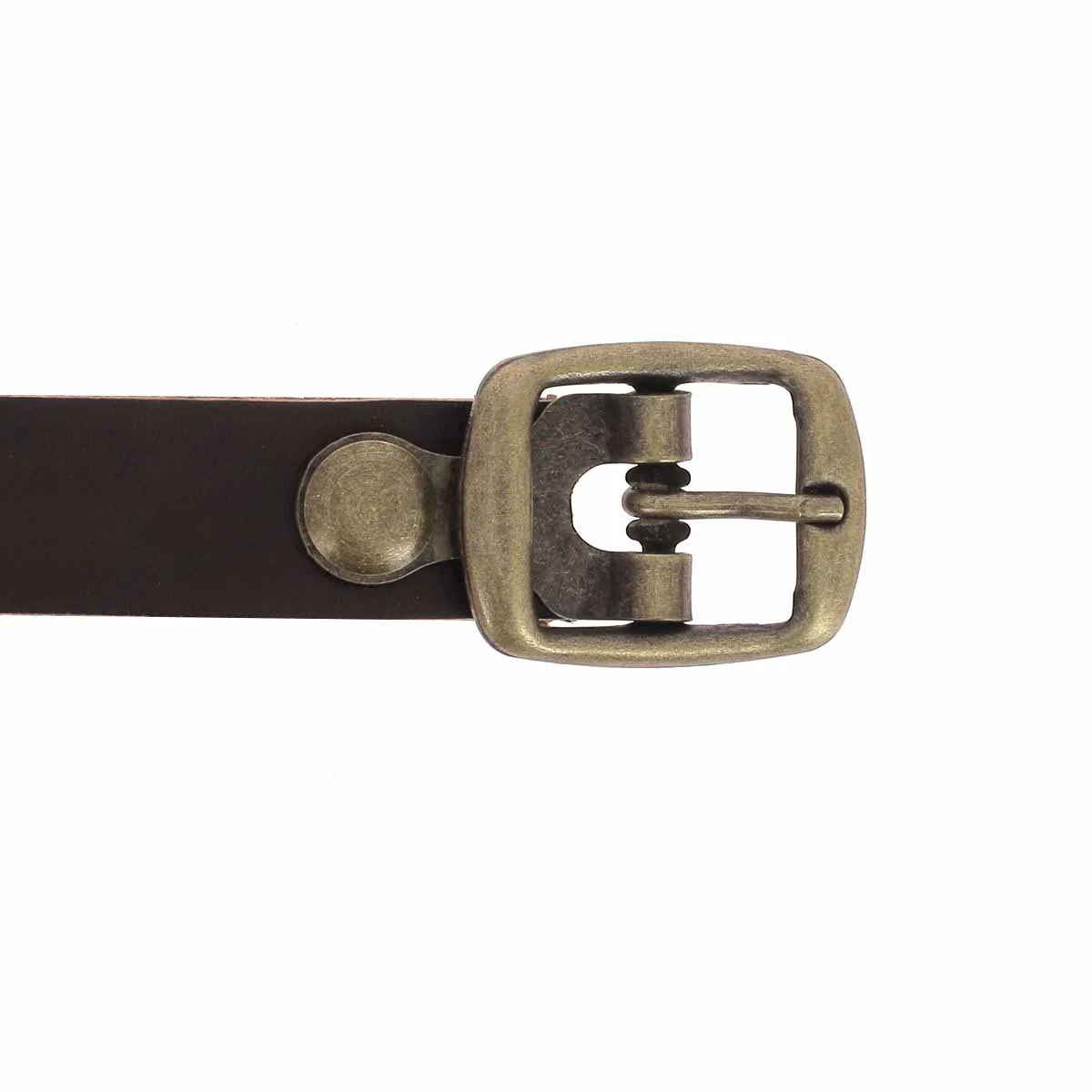
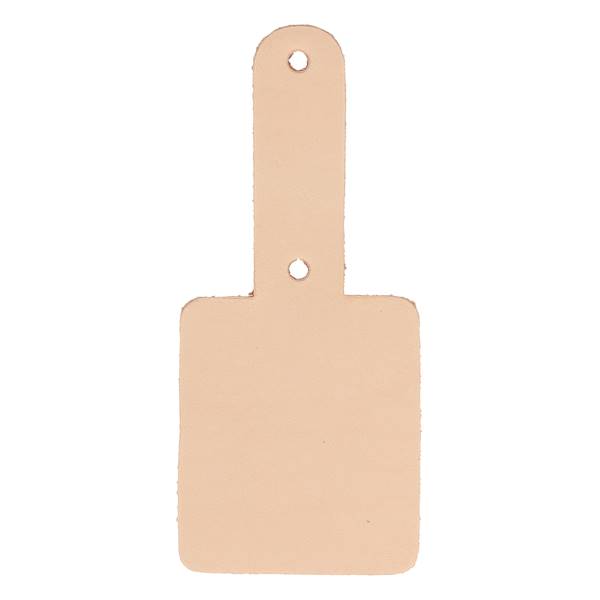



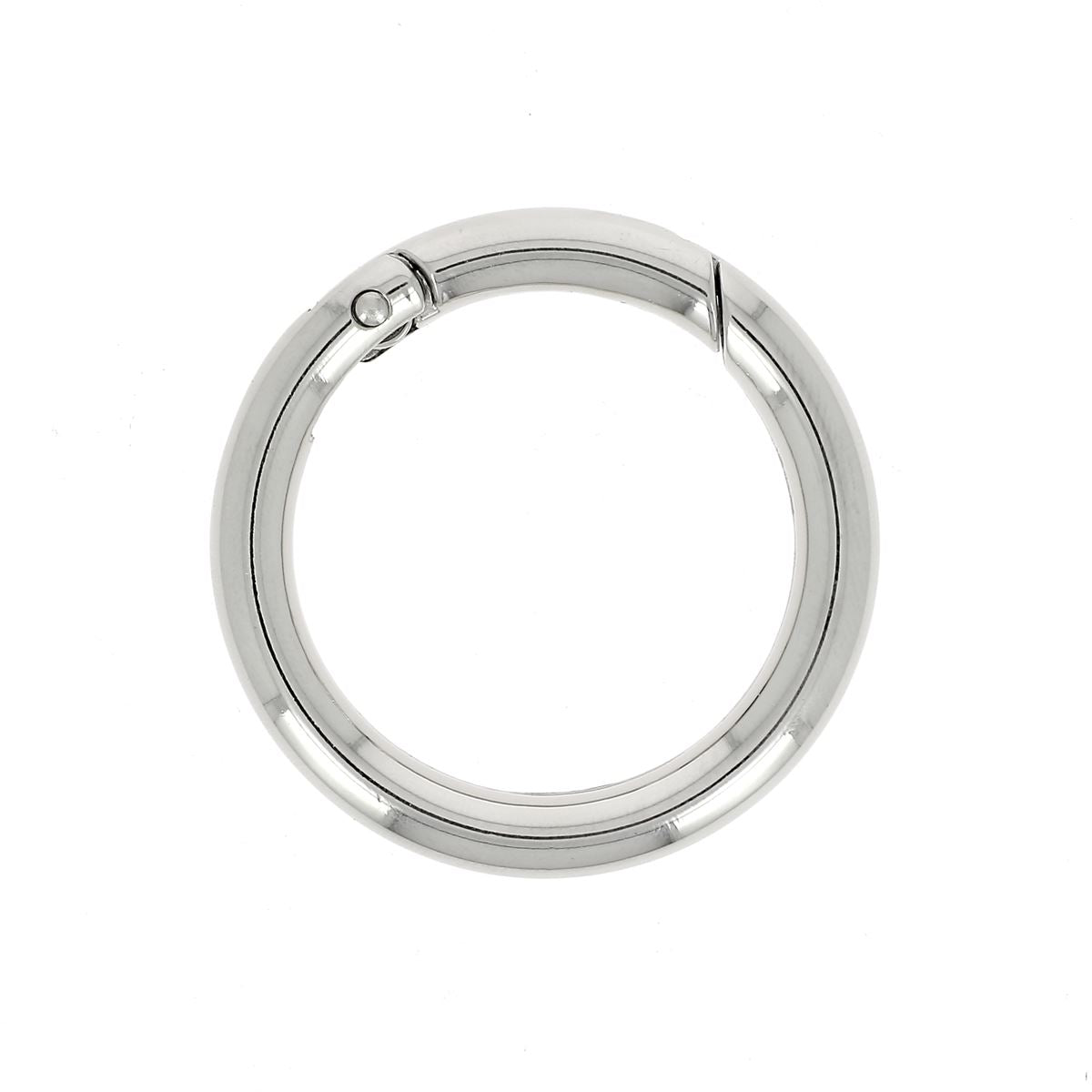



2 comments
Anonymous
Bonjour Hochart,
Totalement, nous vendons le plastique transparent ici : https://www.decocuir.com/products/100-feuilles-plastique-transparent-mica-a4
Bonne journée,
L’équipe Deco Cuir
Hochart
Pour l’étiquette n° 3 vous pouvez insérer un film plastique transparent pour protéger votre étiquette papier entre les 2 couches de cuir